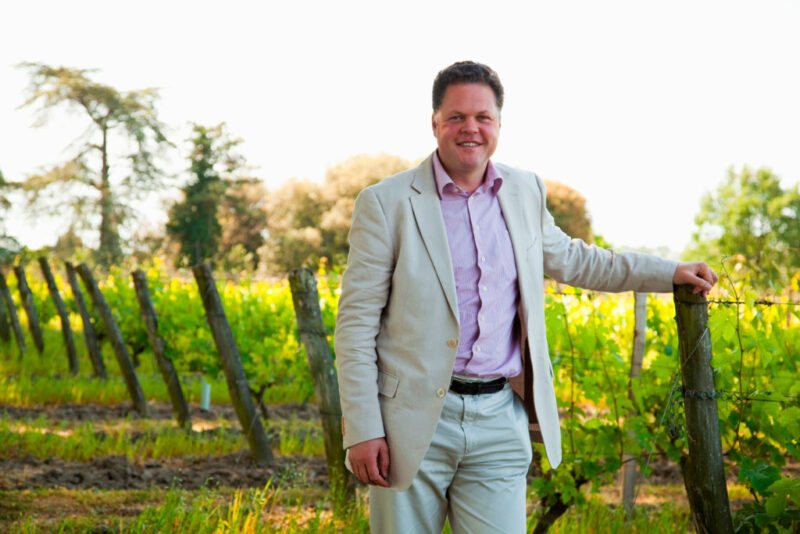
Known as The Garden of France, the Loire Valley is plentiful in flora and fauna. The history of winemaking in the region stretches back to 500 AD, with the vines in Sancerre among the first to be officially recognised.
At the heart of Sancerre is Château de Fontaine Audon, a stunning 15 hectare vineyard with characteristic ‘Silex’ soils, owned by Langlois-Chateau, and one of only four châteaux in the Sancerre region. This site, along with four others in some of the Loire’s most prestigious appellations, form the 73 hectares of Langlois-Chateau’s vineyard holdings.
Château de Thauvenay is an 18 hectare vineyard which surrounds one of the rare castles in Sancerre; This vineyard was first planted in 1819 by the Count of Montalivet. Facing the Loire, the vineyard is located on steep hills with very chalky ‘calcaire’ soils with some clay. The vines, a mix of young and old, usually yield around 55 hl/ha which is picked by hand and machine. The grapes are then pressed delicately using a pneumatic press with selection of the best juice. The fermentation occurs in small thermo-regulated stainless steel vats and the wine is matured on the lees until bottling in April.
Their Saumur vineyard was one of the first in France to receive the Terra Vitis certification, which guarantees the vines are grown, and wines produced, with the utmost respect for nature and the environment. Translated from Latin, it reveals the inseparable link between terroir and vine.
With a romantic family history behind it, Langlois-Chateau, founded following the marriage of Edouard Langlois and Jeanne Chateau in 1885, has been specialising in the sparkling wines of the Loire for more than 130 years. Today, under the watchful eye of François-Régis de Fougeroux, elegant sparkling Crémant de Loire wines are expertly crafted from the chalky Silex soils, with grapes hand-picked before vinification by varietal and terroir.
The blending process can include up to 10% of reserve wines, before a minimum of 24 months ageing in Langlois-Chateau’s freestone cellars at their historical St-Hilaire St-Florent site overlooking the Loire River. The result is a Crémant that is emblematic of the region; charmingly refined, fresh and structured.
